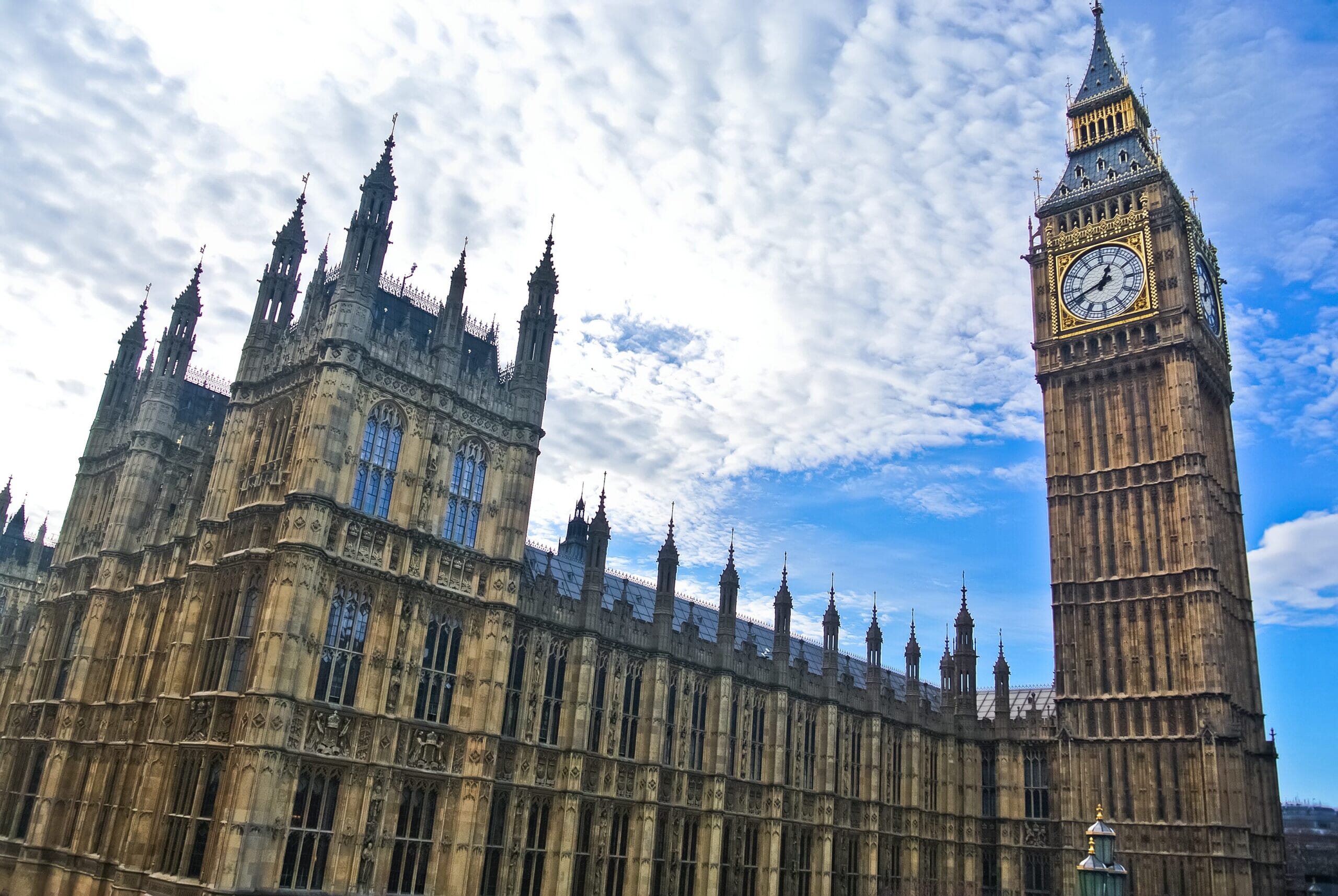
What do recent changes in Westminster mean for building practices?
Regulatory Updates
What do recent changes in Westminster mean for building practices?
There’s been plenty of desk moving in the halls of Westminster in the past couple of weeks. Now the dust is settling, environmental campaigners are beginning to worry that Boris’s chosen team are very low on green credentials.
In the world of green construction and housing targets we have a completely new line-up of politicians in charge. The new cabinet was brought together based on their commitment to leave the EU no matter what. This attitude ties closely with far-right politics, which means green aspirations have naturally taken a back seat.
With new building regulations in the pipeline, many are hoping for clearer guidance on sustainable building practices and new zero carbon targets. But looking at the track record of the new team in charge, it is looking less likely this will happen.
So who are some of our new ministers?
Our new housing minister, Esther McVey replaces Kit Malthouse who’s now in charge of Boris’s police recruitment drive. McVey has been quoted as saying a clean environment is vital for future generations, but apparently isn’t on board with Theresa May’s 2050 zero carbon commitment.
James Brokenshire has moved out of the top spot at Communities, Housing and Local Government with Robert Jenrick taking over. Website ‘TheyWorkForYou’ explains how Jenrick ‘consistently voted against’ measures to prevent climate change and is also against financial incentives for low and zero carbon technologies.
Jenrick is now also in charge of signing off new building regulations and SAP methodology. It will be interesting to see how much (if any) of the Committee on Climate Change’s advise on reducing CO2 from new builds makes it into the new set of regulations.
Meanwhile in the Department for Energy and Business, Andrea Leadsom has taken over the top spot from Michael Gove. She has experience in this department from before during her stint as Energy Minister in 2015. Leadsom ended taxpayer subsidies for onshore wind farms in 2015, and admitted she’d taken advise from experts on whether climate change was real. Since then she’s become more cautious about supporting fracking, but still appears to be against renewable energy targets and onshore wind farms.
In 2016 all three voted against stricter target emission rates for new build houses. However, with the pressure from the public and experts in climate change to reduce our carbon footprint, maybe they’ll think twice in their new positions?





